Caring for an outdoor bonsai tree is different from that of normal potted plants. The main reason is that bonsai trees are planted in small pots and therefore have limited storage for nutrients and water. More important is that bonsai trees from temperate climates need their period of winter dormancy, and most species need some protection from extreme cold and strong winds during that time.
Light
Most outdoor bonsai trees need sunlight for at least a few hours a day. Their internodes and leaves will grow too large otherwise and they get prone to pests and diseases then. Most conifers should be placed in filtered full sun for healthy growth.
Humidity
In Nevada, bonsais suffer from low humidity. You can increase humidity near your bonsai tree by placing it on a humidity tray filled with water and rocks to elevate the plant above the water. It also helps to wet the shelves, floors and walls around the trees.
Water and Fertilizing
The most important rule is never water on a routine. Monitor your tree and only water when needed. This can be once in three days or every day, depending on the weather, species and size. Conifers do not wilt, and if they are allowed to become too dry they will parish. Fertilizing should only occur in spring for the spring growth and mid-summer to replace nutrients consumed or washed away.
Temperature
Outdoor trees can endure high temperatures as well as very cold weather if they are cared for properly. It is important for most species to provide protection from very low temperatures in winter. In spring, when the new leaves emerge, take care that the trees are protected even from light night frost.
Winter Protection
Winter protection is necessary for some outdoor bonsai. You must become familiar with the specific varieties of bonsai you have to determine if protection (or how much protection) is required. There is always a danger of earthenware pots cracking during freezing spells, so you may decide it is easier to protect all your bonsai during the winter. They can be stored in an unheated garage or unheated greenhouse. Cold frames are also good. Sometimes setting them close to your house is protection enough to keep them from freezing. A thick mulch around the pot offers good protection. Do not put an outdoor bonsai in a heated house for the winter.
Watering is best learned from experience. No one can tell you exactly how often to water your trees. During the summer months you will most likely be watering at least once a day. During the winter our rainfall may be enough. To determine if you need to water, feel the soil and dig down in the pot a ways. If it feels dry water it. Using a soft-spray bonsai nozzle on your hose works best. If you can’t seem to get it wet (water runs off the soil instead of penetrating) set it in a tray with water up to the pot rim and let it soak up from the bottom. This usually only takes a few minutes.
